Plant crossing - crossing technology and the benefits of hybrid varieties
Often non-specialists are suspicious of hybrid plants, unaware that many of the crops they grow in their garden plots are the result of many years of breeders' work.
Content:
- What is plant crossing
- Crossbreeding technology
- Spatial and temporal isolation when crossing
- Crossbreeding benefits
What is plant crossing
Plant hybridization or crossbreeding is one of the main plant breeding methods. The essence of the method is the crossing of two plants of different varieties, species or genera.
The result, which directly depends on the selection of parent plants, is the receipt of new varieties and species.
For example, few people know that in nature there were no cultures such as plum or garden strawberry. Plum was obtained by crossing blackthorn and cherry plum, and garden strawberry, or as it is incorrectly called, Strawberry, - the result of crossing wild strawberry species - Virginia and Chilean.
Crossbreeding technology
Crossing technology consists in the artificial or natural transfer of pollen from a plant of one variety or species to another, carried out under careful control.
During this period, it is important to isolate the flowers in order to exclude the ingress of foreign pollen.
Crossing algorithm:
- Choose two plants of different varieties or species.
- On the mother plant, select the most conveniently located flowers.
- Gently open the unopened (one day before blooming) buds.
- Use tweezers to carefully remove all pollen containing stamens.
- Wrap flowers with removed stamens with white thin cloth to avoid unplanned pollination.
- The day before removing the stamens from one plant from the second (paternal) from the buds that are about to bloom, collect the pollen in a glass jar.
- The jar is covered with gauze or a light transparent cloth and placed in a dry place.
The next day after removing the stamens from the mother plant, fertilization is carried out:
- The best time is the first half of the day until twelve o'clock.
- Shake the jar of pollen.
- The pollen that has settled on the walls of the jar with a cotton swab or other improvised means (you can even use your finger) is carefully applied to the stigma of the pistil of the mother plant.
- Cover the fertilized flower again with a light thin cloth or gauze.
- Repeat fertilization for 3 days.
Fertilized flowers must be covered for the entire growth period until the fruit ripens. It is recommended to remove excess flowers. After harvesting ripe fruits, they should mature from several weeks to several months, depending on the ripening time and period. storage culture.
Seeds stone fruit plants are sown directly on the beds, pome fruits of summer ripening after three days of drying are sown in the sand on the beds in the fall. The seeds of plants that ripen in autumn are harvested when the fruits are already beginning to deteriorate, but not later than April. After collecting and drying, they are sown in prepared containers.
Spatial and temporal isolation when crossing
When crossing cross-pollinated crops, spatial isolation can be applied: the plants are grown in different areas remote from the plants of a given variety. Such crops include carrot, cabbage, beet and etc.
In dioecious plants such as spinach, when grown in the same area, one of the varieties must remove the male plants.
Crossing cross-pollinated crops in isolated areas greatly minimizes labor costs: pollination occurs naturally - by wind or insects. In addition, in one isolated area, it is possible to mix several plants of the same variety, thus increasing the number of hybrid seeds obtained. A significant drawback of this method is the impossibility of completely eliminating the ingress of foreign pollen. In addition, with natural crossover pollination about half of the plants are fertilized with their pollen.
In regions with a warm climate, where the growing season is long enough, for plants with rapidly fading flowers, isolation can be used at time intervals: different crossing combinations are carried out in the same area. Different flowering times exclude unplanned cross-pollination.
In breeding practice, in the absence of sufficient space for the organization of individual sections, insulating structures are used:
- The design is made in the form of a frame, which is covered with a light transparent fabric.
- To isolate individual shoots or inflorescences, small "houses" are made of parchment paper or gauze, which are wrapped around a wire frame.
For insect-pollinated plants, it is better to use materials such as cambric or gauze when constructing insulators, and parchment paper for wind-pollinated crops.
Crossbreeding benefits
The process of hybridization - plant crossing - is aimed at obtaining plant varieties that have the beneficial properties of parental varieties, such as:
For example, if the paternal and maternal plants have resistance to different diseases, then the resulting hybrid will inherit resistance to both diseases.
Hybrid plant varieties have better vitality, they are less susceptible to changes in temperature, humidity, changes in climatic conditions than their non-hybrid counterparts.
More information can be found in the video.




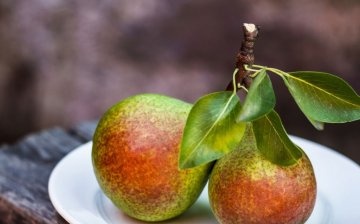

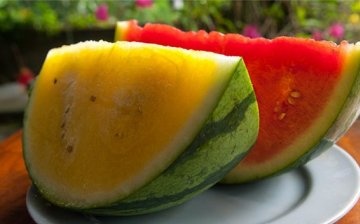
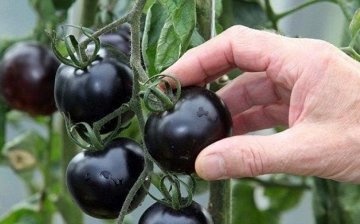





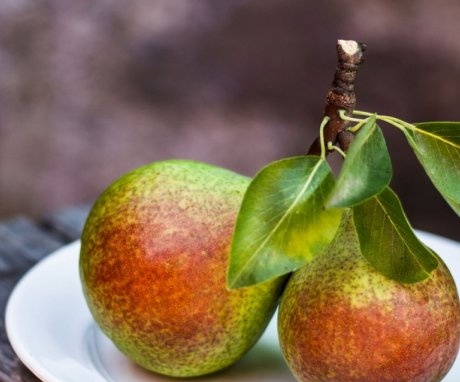
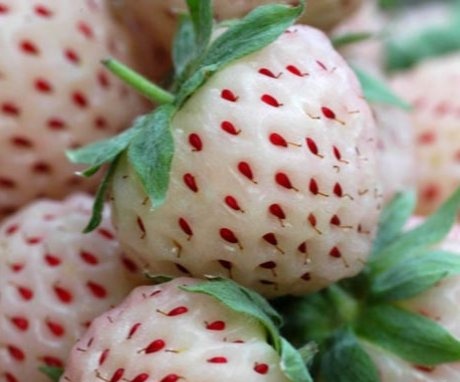
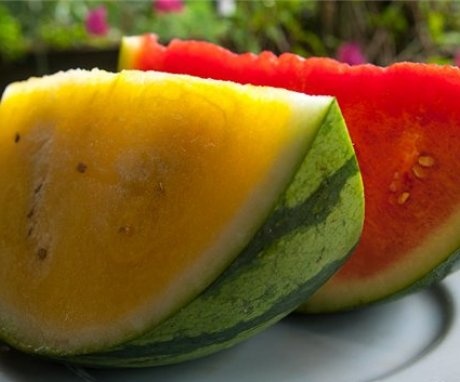
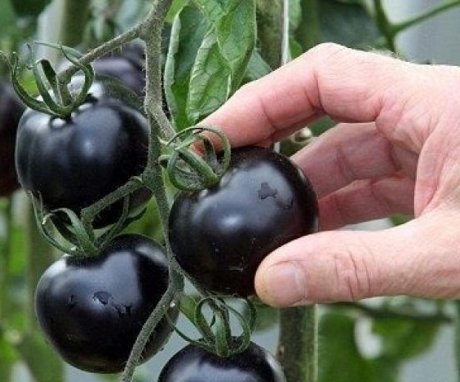
In our time, crossing plants has become very frequent. People are increasingly resorting to this and trying to create new unique products. This article describes very well and in detail how this is done.